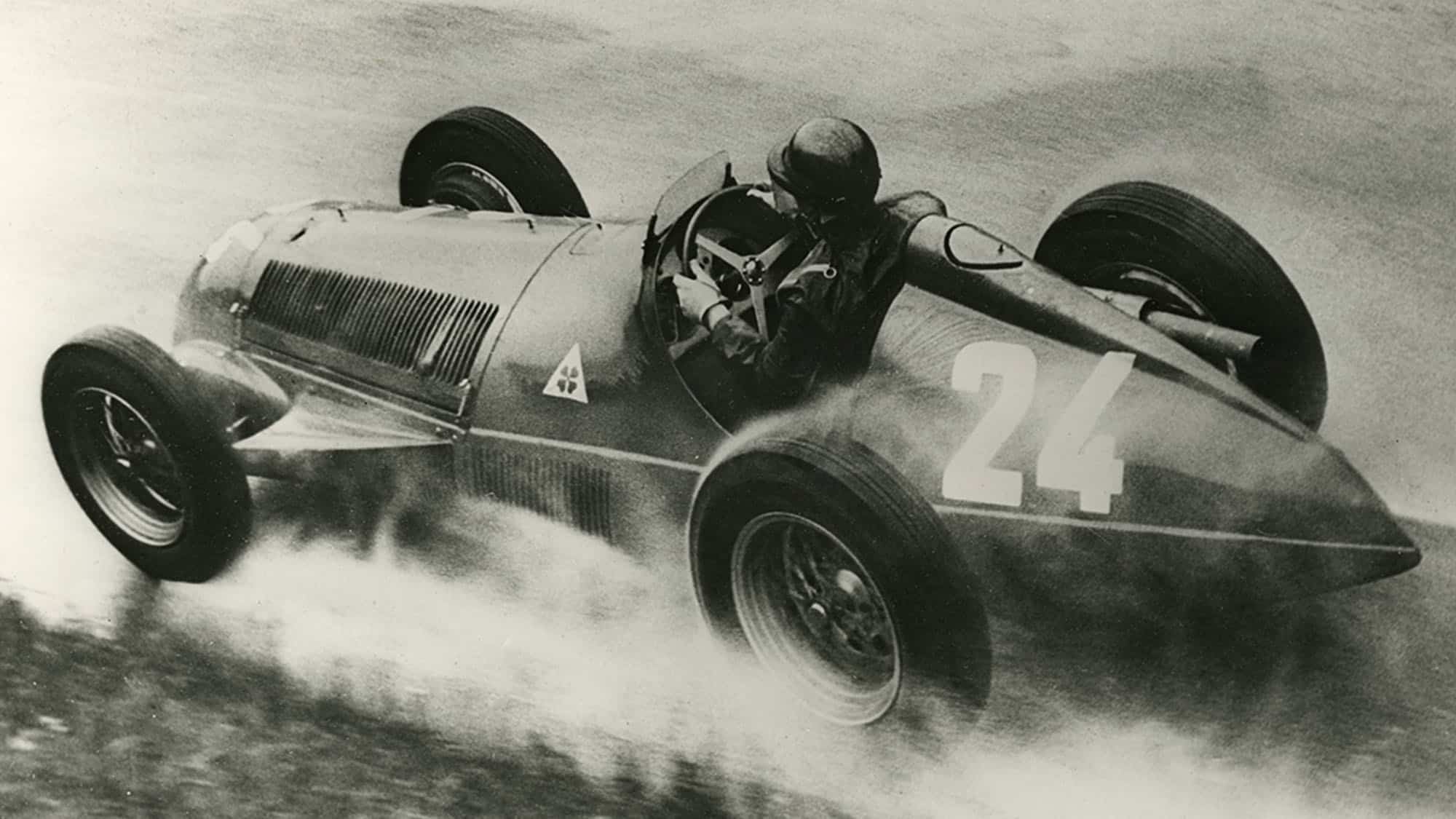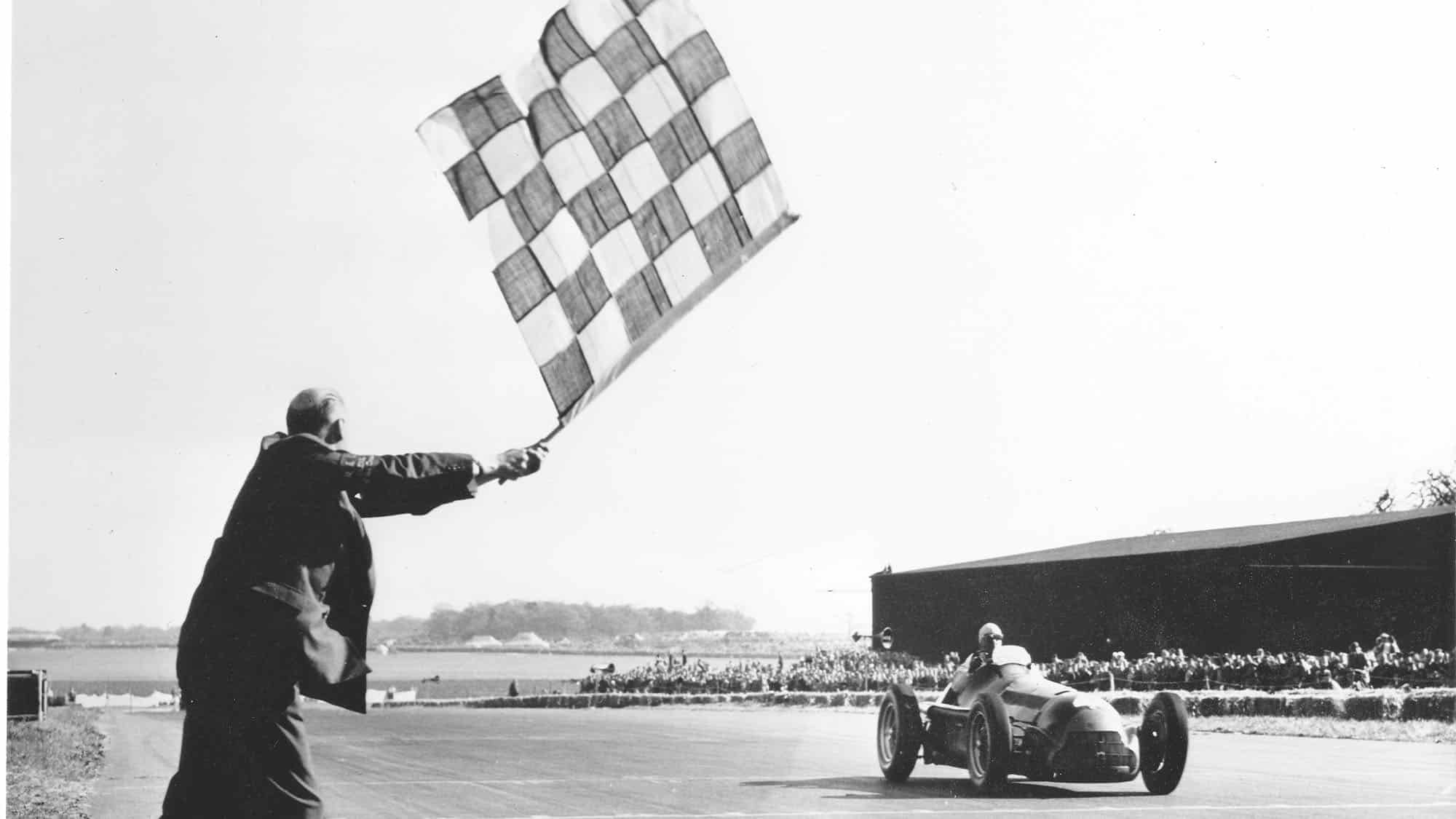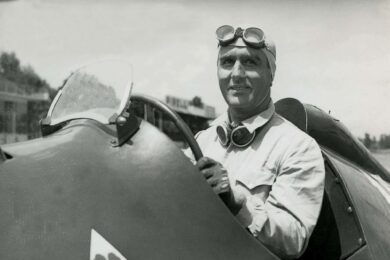“The cockpit gets quite warm because of the oil tank by your left leg, but otherwise it’s one of the most comfortable grand prix cars I’ve ever sat in. You could drive it for hours. Everything is in just the right place; it seems a lot of consideration was given to the driver. I’ve also had a little drive in a Mercedes W125 and I don’t know how the drivers put up with it. Its seat is seriously uncomfortable, bolt upright, whereas the Alfa’s is nicely angled. But the 158’s solid propshaft runs at engine speed only a few millimetres below the underside of the seat, so it needs to be running true!”
“The 158 is unusual in having telescopic as well as friction dampers at both ends; the telescopic ones are hung off the chassis and work when they open. Although the hydraulic dampers are adjustable, it’s a lengthy process, so you set them to a norm and make final adjustments with the friction units.”
One of the changes made to later cars was a reinforcing of the chassis to increase stiffness. “See the side rail running front to rear, through the bulkhead? We don’t have that, and of course the triangulations are missing too. I’m astonished how narrow the chassis is – it’s a ladder-type made of elliptical main tubes only 360mm apart. You can see how close they are beneath the driver’s seat in the drawing. It isn’t very good if you have a side impact but it’s actually quite stiff because the engine is a stressed member with 20 mounting bolts, and the transaxle is the same.”

Fangio claimed ’51 title for Alfa
Alfa Romeo
“For such a powerful car the gearbox is really quite small – the gear cluster is just 5in long. They achieved it by having first and second on the layshaft and third and fourth on the main shaft. So it’s compact but strong. And beautifully made – not quite as good as the Mercedes 300SLR or W196, which is the most incredible gearbox I’ve ever seen, but similar in quality. It’s a super gearchange to use as well, and your hand falls straight to it off the steering wheel.”






